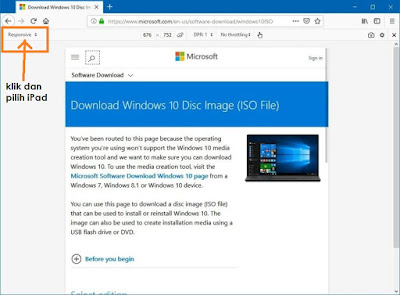CHAPTER 3
1 Explain short-term and long-term scheduling and describe the differences among them.
Describe the actions taken by a kernel to context-switch between processes.
CHAPTER 5
2. Why is it important for the scheduler to distinguish I/O-bound programs from CPU-bound programs?
3. Discuss how the following pairs of scheduling criteria conflict in certain
settings.
a. CPU utilization and response time
b. Average turnaround time and maximum waiting time
c. I/O device utilization and CPU utilization
4. Consider the following set of processes, with the length of the CPU-burst time given in milliseconds:
Process Burst Time Priority
P1 10 3
P2 1 1
P3 2 3
P4 1 4
P5 5 2
a) Draw four Gantt charts illustrating the execution of these processes
using FCFS, SJF, a nonpreemptive priority (a smaller priority
number implies a higher priority), and RR (quantum = 1)
scheduling.
b) What is the average waiting time for each of the scheduling
algorithms in part a?
c) Which of the schedules in part a results in the minimal average
waiting time (over all processes)?
Subscribe to:
Post Comments (Atom)
Cara download Installer windows 10 dalam format ISO
1. Jika anda bercadang untuk download windows 10 melalui website rasmi windows - pilihan untuk download dalam format ISO tidak di berikan. ...

-
1.TOPUP Cepat Susut Jika anda merasa topup prepaid anda cepat susut walaupun tak banyak call- ada baiknya anda semak log call/sms/content ...
-
Latihan MS Word dengan elemen-elemen:- image, word art, table, shape dan word formatting (font,size,bold, italic,underline)
-
Section 8 The String Class 8.1 Suppose that s1 , s2 , s3 , and s4 are four strings, given as follows: String s1 = ...



No comments:
Post a Comment